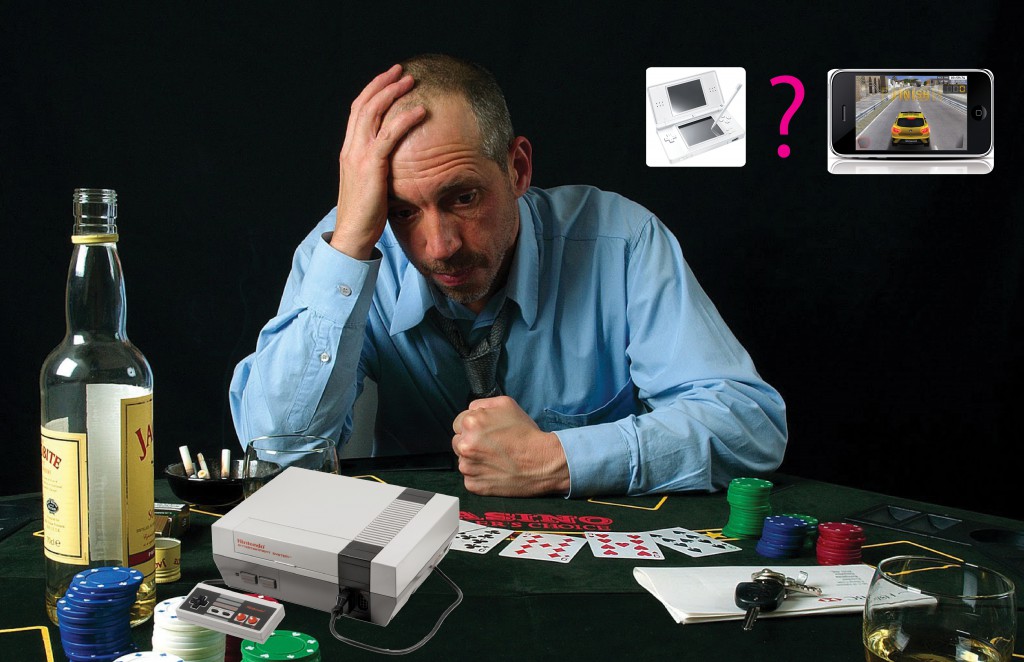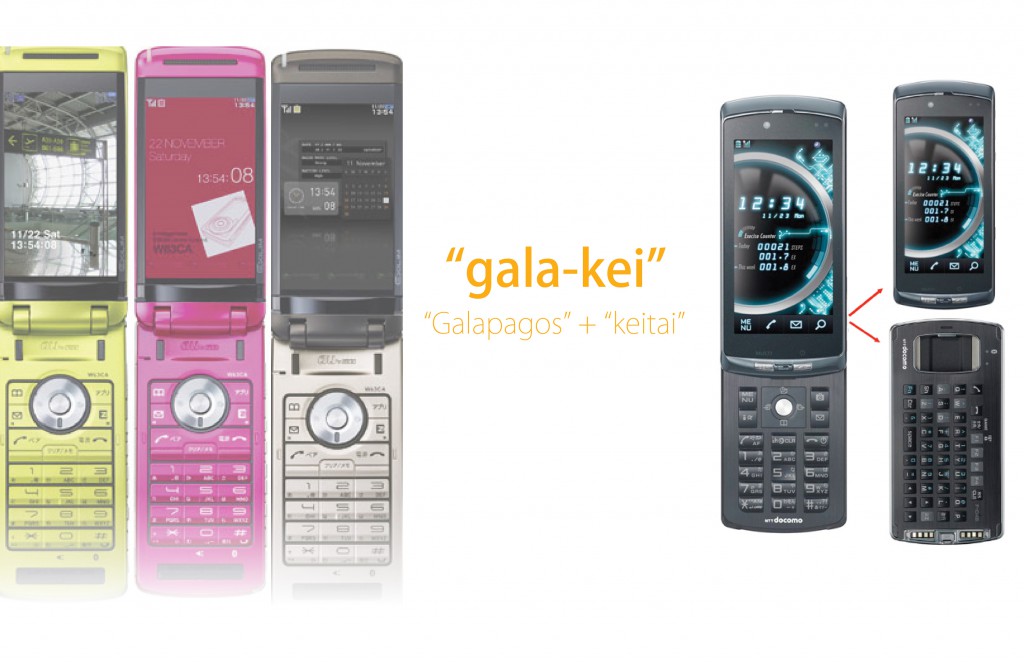The Fall of the Japanese Giants
The Japanese consumer electronics companies once roamed the planet like dinosaurs. Companies like Sony, Panasonic, Sharp and Nintendo used to be the biggest names in the electronics industry. At a certain point they started to fall and got overtaken by other competitors such as Apple and IBM.
What is the reason behind the ice age that started the fall of these giants? These well-known Japanese companies still have famous brand names and tech analysts say they still produce some of the world’s highest-quality hardware devices. The question remains though as to how “cool” these products really are. It seems that it’s been years since they’ve created products that people feel they need to have.
Japanese companies have always believed in mass-scale diversification, an effective way of growth in the past decade but now they are facing challenges from more agile-nimble opponents. Samsung, which is also a massive-scale corporation, has managed to grow because it has bet on future growth markets (i.e. memory, LCD) global standards (i.e. Android) and at the same time has become a vertically integrated producer and supplier of electronic components.
Japanese companies’ biggest downfall is that they failed to see that software, not hardware, would drive the platform of future consumer electronics. They relied on stand-alone devices like TV’s, computers, and phones instead of using the web to lead the Internet into new territory. Japan’s electronics corporations never really understood the web, no matter how they tried.

Japanese companies’ biggest downfall is that they failed to see that software, not hardware, would drive the platform of future consumer electronics.
The first iPod disrupted the Sony Walkman as the new “must-have” portable audio player and new games systems such as PlayStation stole the market from Nintendo. Photos are now captured on smartphones, rather than physical cameras, and consumers are now watching TV shows and videos on their smartphones as well. Japan has never had a stronghold on the smartphone market.
“While the rest of the world saw the iPhone for what it was, a game changing product, some executives in Japan dismissed it, believing their phones were already smart enough.” (from the Wall Street Journal)
Also known as feature phones to the rest of the world, Japan’s “gala-kei”– a shortened word that combines the words “Galapagos” and “keitai,” the colloquialism for a mobile phone in Japanese – have earned this moniker because they have evolved in isolation from the rest of the world. Galapagos, as a word, has come to symbolize how Japan’s technology industry is out of touch with the rest of the world, failing to identify new trends.

"gala-kei”– a shortened word that combines the words “Galapagos” and “keitai,” the colloquialism for a mobile phone in Japanese
Japan’s tech companies know their survival is at stake, and it will be interesting to see what happens down the road.
Written by: Jung Chei, Industrial Designer, Beyond Design, Inc.


 Top
Top
